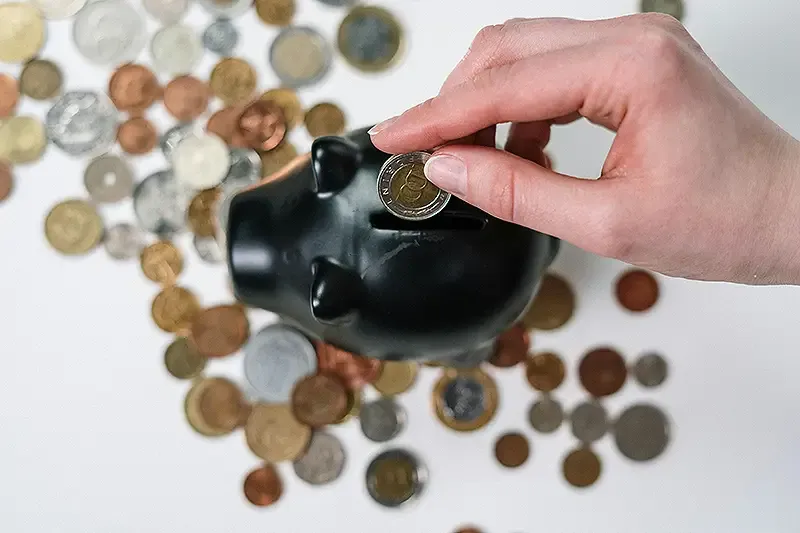Money to burn: The FIRE movement explained
By MAS Team
One of the many sweeping changes brought about by the pandemic was a shift in attitudes towards the world of work. From The Great Resignation in 2021 that saw people voluntarily leave their jobs due to dissatisfaction, to the concept of ‘quiet quitting’, where people stay in their jobs but do the bare minimum of what’s required. Now, on the flipside, The Great Restructure is making workers across a wide range of industries feel uncertain about job security going forward.
The result of these economic and social upheavals is that many people are now eager to reach financial freedom much earlier in life than the traditional retirement age.
But is the idea of being able to retire comfortably sooner than 65 realistic for most of us? And if so, how would it work? One recognised approach which first made its way into the collective consciousness about 2 decades ago, is the FIRE (Financial Independence, Retire Early) movement.

Followers of FIRE are typically willing to make big sacrifices in the short term in order to create the freedom to step away from work in their 50s, 40s or even 30s without having to worry about the loss of salary.
The standard formula for FIRE is to multiply your current expenses by 25 to identify a figure for how much money you’ll need to save before you can retire. The assumption is that you’ll then only withdraw 4% of that amount per annum thereafter.
So how would one amass this kind of money at an accelerated rate? Most followers of FIRE do it through a combination of drastically cutting back on spending so that they’re saving as much of their income as possible and then investing wisely to grow the total that they have.
Even within the FIRE movement, there are different styles to how it’s done:

Unless you’re on a very high income, FIRE is usually not possible by saving alone. Most people will need to cleverly invest what they save in order to reach their goals. It’s also worth noting that New Zealanders can’t access their KiwiSaver investment until they’re 65, so they will need to have saved enough money earlier to get them that far.
Those pondering whether FIRE is for them should also keep in mind that lots of factors can affect how much money you’ll need in the future – from being hit by big unexpected expenses to other economic forces like increases in healthcare costs, insurance premiums and taxation.
And finally, don’t forget that while Monday mornings can definitely be tough, our jobs are often an important part of how we find purpose, connect with others and keep up with the ways of the working world. That said, knowing that you’ve got the choice is certainly appealing!
This article contains general information only and is not intended to provide financial advice.

Even the most diligent savers among us could still be missing out on financial security without a plan to ensure they are financially resilient. It's essential to have a personalised financial plan to maintain - or establish - financial resilience.

A good budget and understanding of your own financial situation will give you the tools to help make things a little easier financially.

There are some simple steps to make sure things are taken care of if the unexpected happens. Find out more about how insurance can help you prepare.